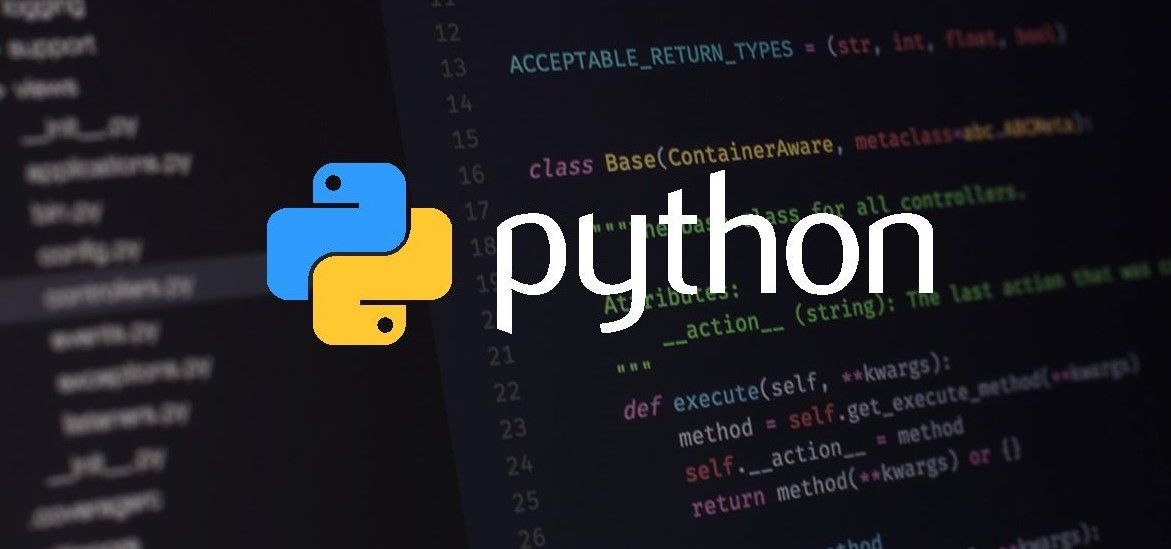In Python, a class is a blueprint for creating objects, which are instances of the class. Classes define the attributes (data) and methods (functions) that the objects of the class will have. Classes are a fundamental concept in object-oriented programming (OOP), and they provide a way to model real-world entities and their behaviors in your code. Let's explore Python classes in detail with an example.
Defining a Class
To define a class in Python, you use the class keyword, followed by the class name and a colon. The attributes and methods of the class are defined within the class block, which is indented.
class MyClass:
# Class attributes and methods go here
Example: Creating a Simple Class
Let's create a simple class called Person that represents a person's name and age:
class Person:
# Class attribute
species = "Homo sapiens"
# Constructor (initializer) method
def __init__(self, name, age):
self.name = name
self.age = age
# Instance method
def say_hello(self):
return f"Hello, my name is {self.name} and I'm {self.age} years old."
In this example:
Personis the class name.speciesis a class attribute shared by all instances of the class.- The
__init__method is a constructor that initializes attributes for each instance. say_hellois an instance method that can be called on instances of the class.
Creating Objects (Instances)
Once you've defined a class, you can create objects (instances) of that class. You do this by calling the class as if it were a function, passing any required arguments to the constructor (__init__ method).
# Creating instances of the Person class
person1 = Person("Alice", 30)
person2 = Person("Bob", 25)
Now, person1 and person2 are instances of the Person class, each with its own name and age attributes.
Accessing Attributes and Calling Methods
You can access the attributes and methods of a class using dot notation (instance.attribute or instance.method()).
# Accessing attributes
print(person1.name) # Output: Alice
print(person2.age) # Output: 25
# Calling methods
print(person1.say_hello()) # Output: Hello, my name is Alice and I'm 30 years old.
print(person2.say_hello()) # Output: Hello, my name is Bob and I'm 25 years old.
Class and Instance Attributes:
-
Class attributes are shared by all instances of the class and are defined inside the class but outside any methods. In the example,
speciesis a class attribute. -
Instance attributes are specific to each instance and are created and initialized in the constructor (
__init__method). In the example,nameandageare instance attributes.
Special Methods
Python provides special methods (often called "magic" or "dunder" methods) that allow you to customize how your objects behave in various contexts. For example, the __str__ method can be defined to specify how an object should be represented as a string.
class Person:
def __init__(self, name, age):
self.name = name
self.age = age
def __str__(self):
return f"{self.name}, {self.age} years old"
Now, you can use str(person1) to get a custom string representation of the person1 object.
Inheritance
Inheritance allows you to create a new class based on an existing class. The new class inherits attributes and methods from the base class. You can also override and extend the behavior of the base class.
class Student(Person):
def __init__(self, name, age, student_id):
super().__init__(name, age) # Call the parent class constructor
self.student_id = student_id
def say_hello(self):
return f"Hi, I'm {self.name}, a student with ID {self.student_id}"
In this example, the Student class inherits from the Person class and overrides the say_hello method.
Encapsulation:
In Python, encapsulation is achieved by using private and protected attributes and methods. Private attributes and methods are prefixed with double underscores (__), and protected attributes and methods are prefixed with a single underscore (_). While Python doesn't enforce strict access control like some other languages, these naming conventions indicate the intended level of access.
class MyClass:
def __init__(self):
self.public_attribute = 42
self._protected_attribute = "protected"
self.__private_attribute = "private"
def public_method(self):
return "This is a public method"
def _protected_method(self):
return "This is a protected method"
def __private_method(self):
return "This is a private method"
Conclusion:
Classes in Python are a powerful way to model and structure your code, providing a blueprint for creating objects with attributes and methods. They facilitate code organization, reuse, and encapsulation. Understanding how to define, create, and use classes is essential for writing maintainable and structured Python programs.
